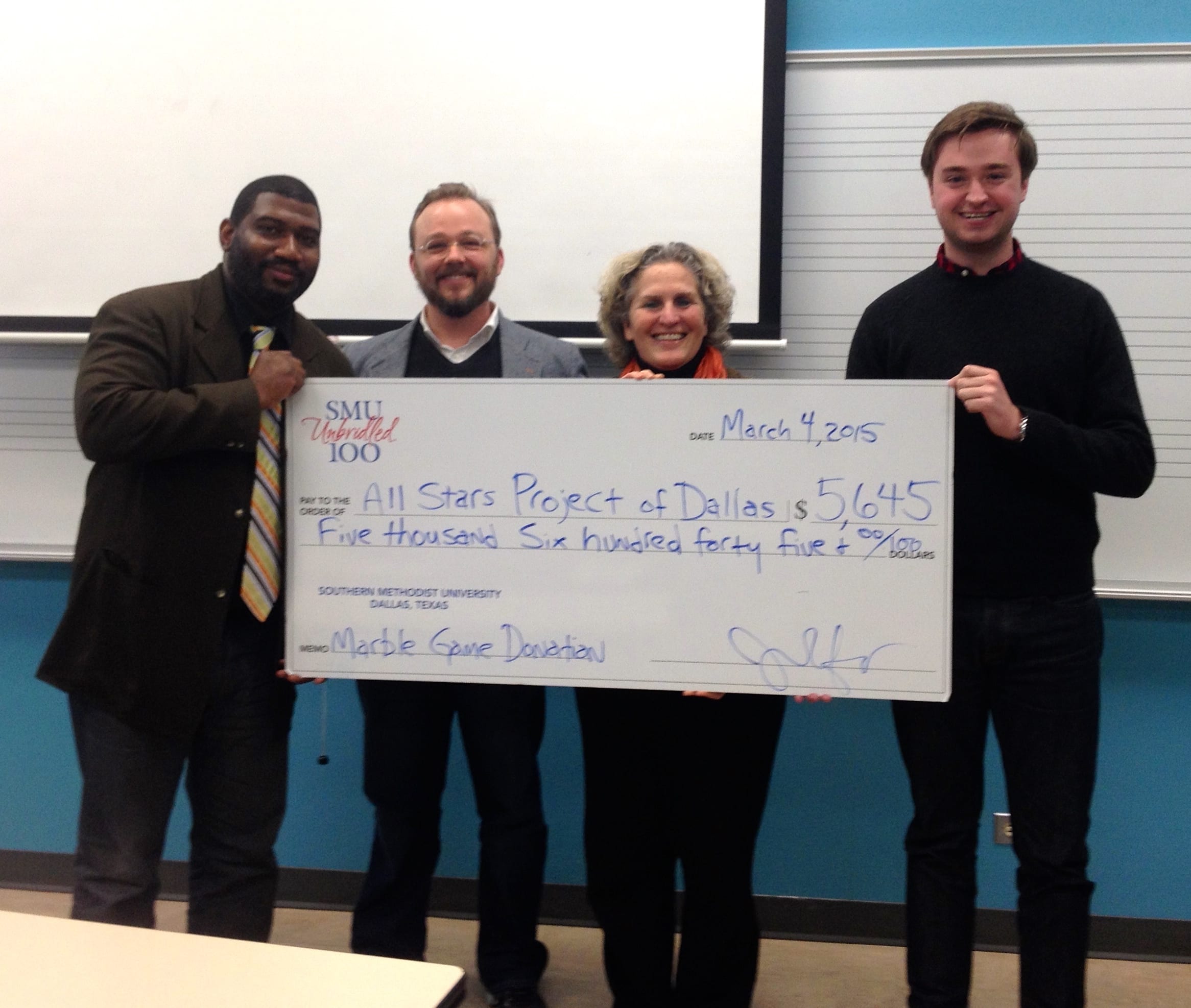At SMU, we offer a course with a short title of Attracting Capital. In this course, students
gain a solid understanding of legal structures, pathways towards funding and numerous other business related matters. But simultaneously, students learn through a process of experiential learning and through game playing so that they have fun while learning and come to own their knowledge found.
How does one “attract capital?” In brief, one cannot, as capital is just money. However, one can inspire people and people sometimes have money to donate, invest or otherwise offer to artists and entrepreneurs with good ideas, visions, concepts and/or a memorable or otherwise inspiring story.
When pitching an idea or attempting to inspire others to invest, the entrepreneur’s background and story will almost always come into play. People will ask, “So, how did you get into this?” or “Why did you decide to do this?” This denotes at least some measure of interest from the other party and is a great opportunity for the entrepreneur to tell more and leave a lasting impression on those they speak with.
Each of us is interesting and unique. All of us knows something that no other person does and each of us has a life story that no other person has had. We are unique. When speaking and engaging with others, the entrepreneur has opportunity to highlight their unique, impactful or meaningful milestones of their lives, those interesting tidbits of their history, that when told through story, stick in peoples’ minds and memories. When competing for resources such as investment money, it is good to stick in peoples’ minds and memories.
Today in Attracting Capital, students sat across from each other in groups of A and B.
A told B their milestones, the story moments that make up their personality or who they think themselves to be. B wrote notes. Then they switched and repeated the process.
At the end of the twenty minute period (ten minutes per person), B stood and gave a one minute synopsis of A’s story, based on notes taken. Then they switched. In this exercise, each storyteller gets to hear how others may perceive and articulate their personal story.
Sometimes we can be so close to our stories, our personal history, that we fail to remember how awesome some of our unique life experiences seem in the eyes of others. Because we each lived our experiences, which are now part of our past, they may have become part of our everyday, our norm. Sometimes by telling our own stories to others, the other person can aide in reminding us of how unique we are…if we choose to share and tell our stories.
Considering this exercise is done before a room full of students, this becomes a public event and each student with a story can then see how a body of people (or an audience or market) might react to their story.
All of this is good information when considering how one brands themselves in the market–as an artist or in developing a business.
By Jim Hart





